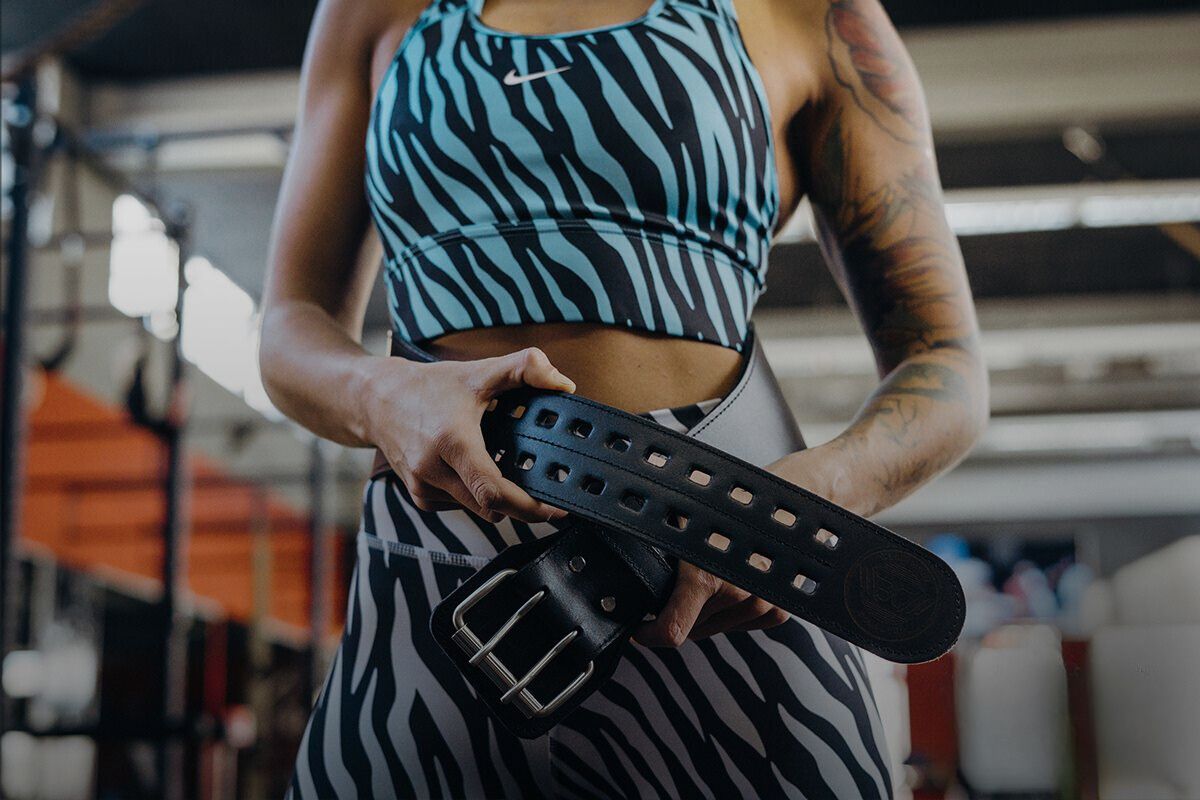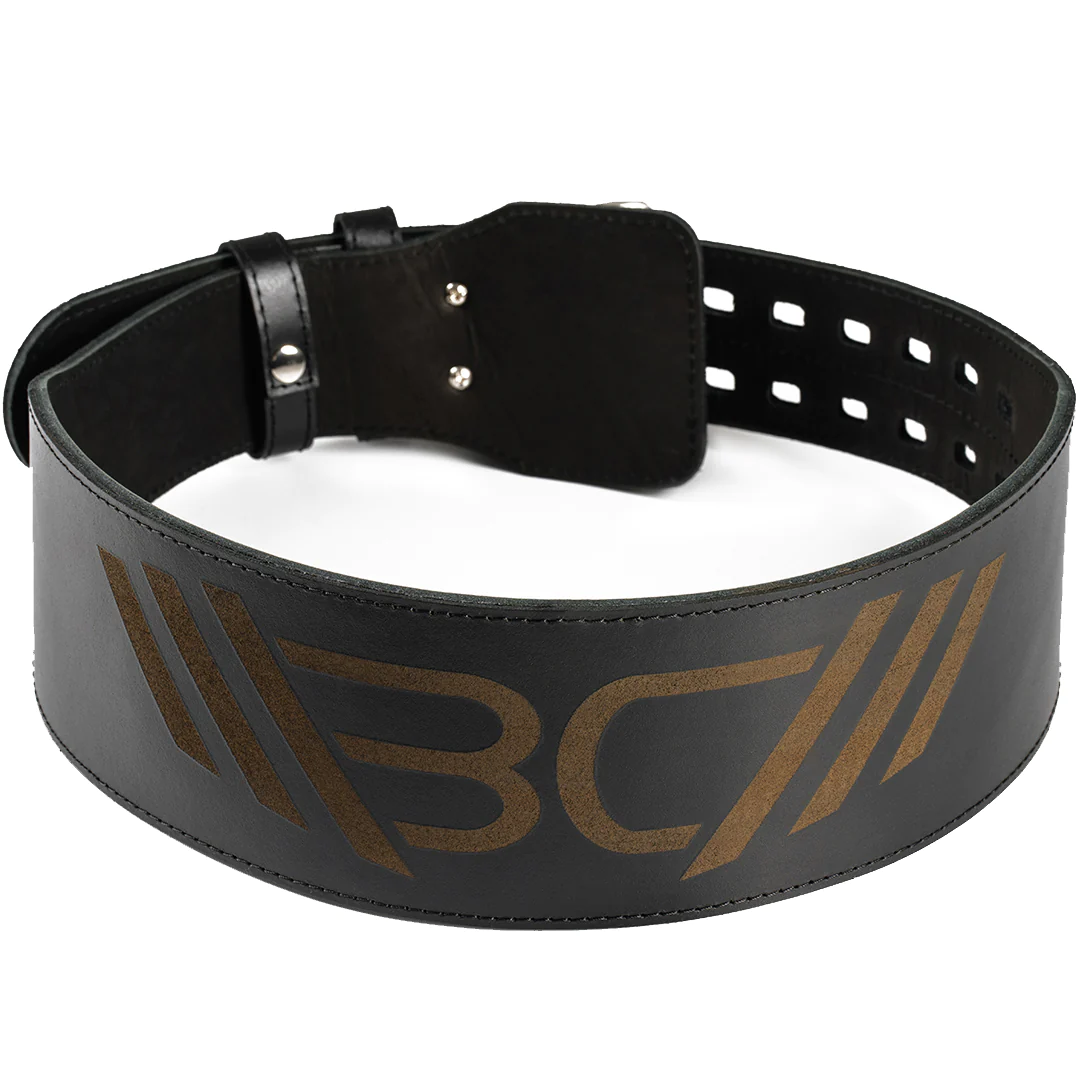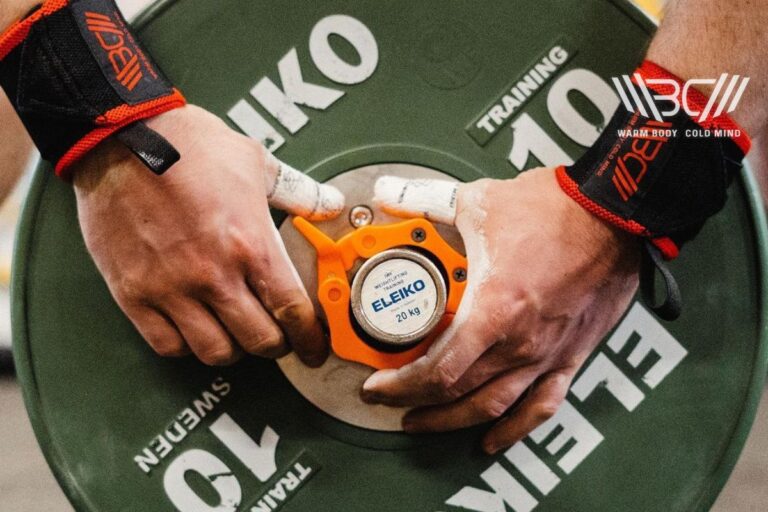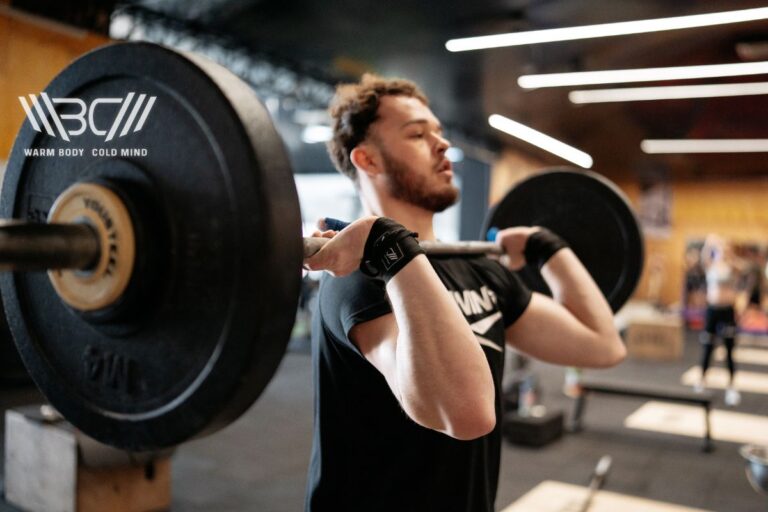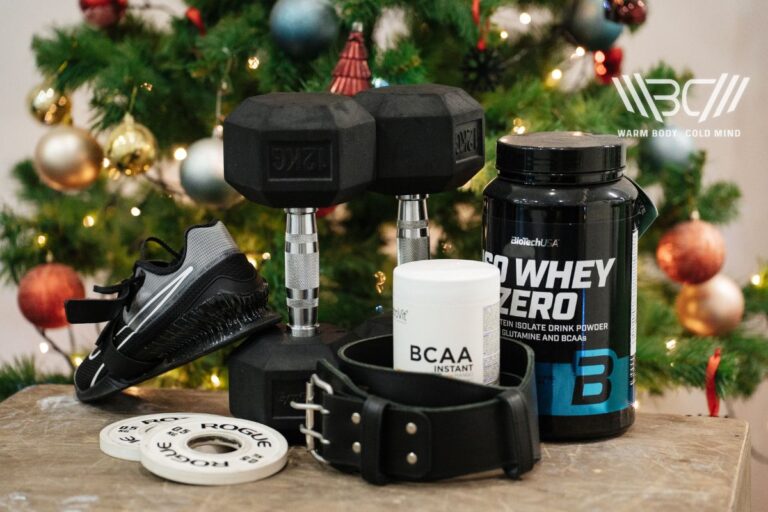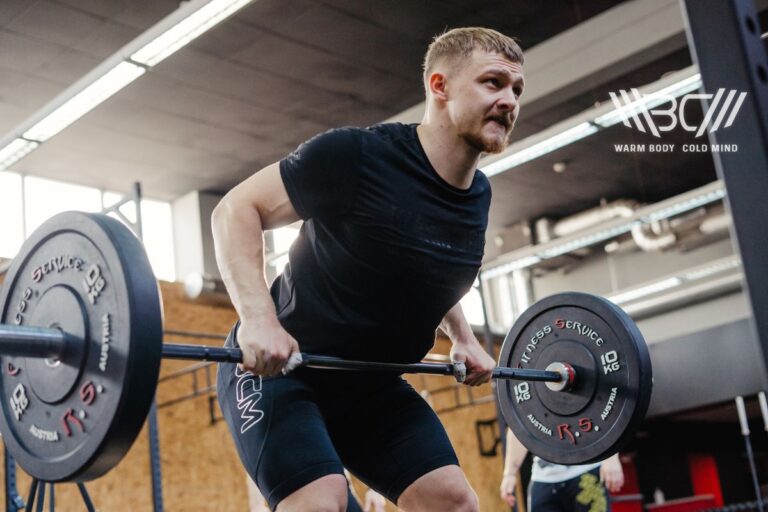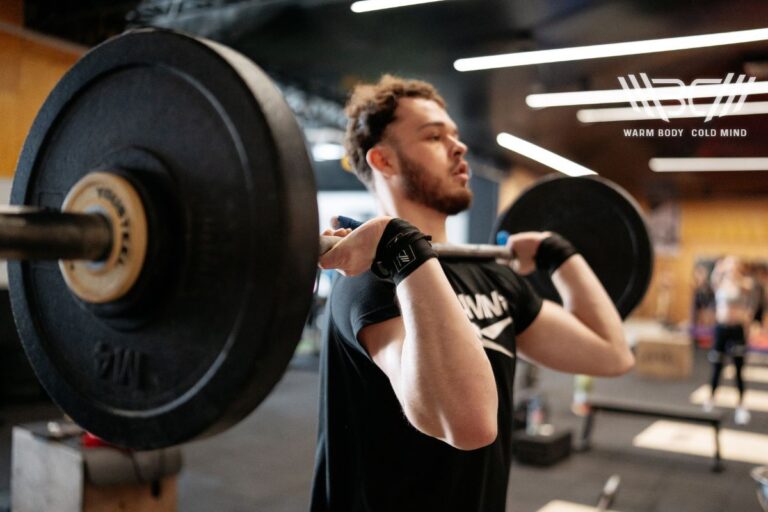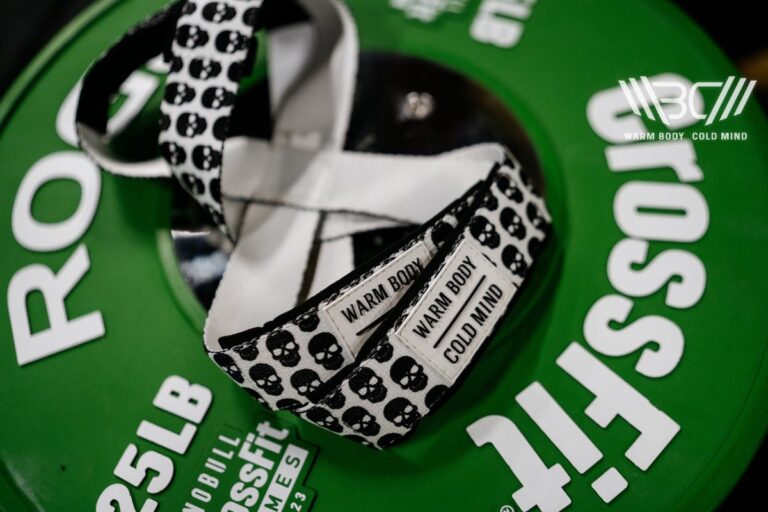What Size Lifting Belt Should You Get? Measuring Explained
Lifting belts can help you progress to the next level. They’re a tool for safety and motivation. They optimize intra-abdominal pressure and spinal cord compression during heavy compound lifts. Not only do you get to avoid injuries, but you can also increase the load or reps.
What size lifting belt should I get? – Lifting belt sizes are mostly between 22” and 48”. First, you need to get your true waist measurement (not the pants size)! Then, choose a belt that falls in that range. Having information about belt materials and dimensions can also guide your decision.
What size lifting belt should I get? If you’re wondering the same, you’re in the right place! Belts don’t measure as your pants. Size the darn thing wrong, and you’ll sacrifice comfort as well as advantages. There are a few factors to look into: your body composition, training preferences, and belt types.
Do All Belts Have the Same Sizing Charts?
Lifting belt sizing may vary with each model and brand. Therefore, the right approach is to begin with measuring your waist, selecting a durable belt, and then pinning it down to that particular weight lifting belt size chart.
Typically, belts range from 22” to 48”. Some specialized manufacturers, like Warm Body Cold Mind (WBCM), go well beyond 50” for muscled-up strongmen and powerlifters.
| Size | Waist Circumference (in) | Body Weight (lb) |
| Small (S) | 22”-29” | 100-150 |
| Medium (M) | 29”-33” | 150-180 |
| Large (L) | 33”-38” | 180-220 |
| Extra Large (XL) | 38”-43” | 220-260 |
| Plus Variants | Above 43” | Above 260 lbs |
Remember, these are standard industry numbers. The actual range also depends upon the materials utilized, as some carry more give than others. IPF regulates the use of belts. But specifications are generally restricted to materials, dimensions, logos, and closures – not sizing, per se.
The length of belts is similar for male and female athletes. The latter should opt for narrower variants to avoid digging into her ribs and hips. For example, the iconic Rogue Ohio comes with 4” and smaller 3” width options.
What Are the Factors That Affect Weight Belt Size?
Buying lifting belts demands extra attention. How should a weightlifting belt fit? They must be tight, but not too much. They should adequately support your core and lower back but not pinch into your ribcage or hip bones.
A survey on the use of belts in workplaces concluded that about 58% of people feel uncomfortable due to improper fit. So, you understand that proper sizing is crucial for unlocking higher fitness levels. Doing so maintains excellent weight lifting form, from hip and knee flexion to torso bending and twisting.
The first and foremost determinant is your body size, of course. We’ll discuss that in the upcoming section. For now, let’s see other neglected yet necessary factors that can affect belt size.
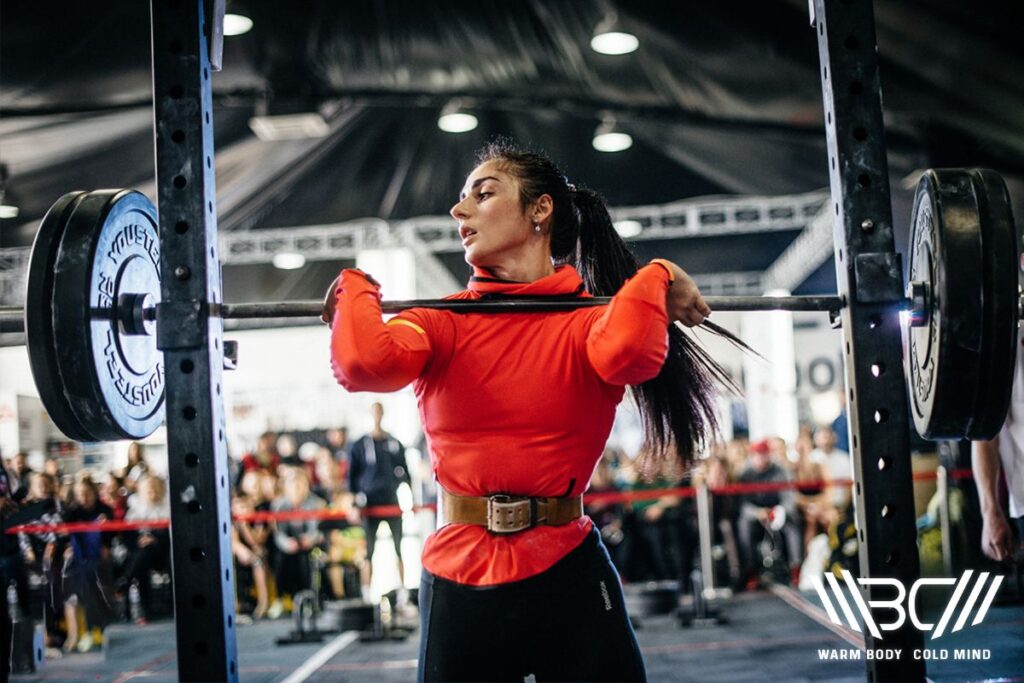
1. Belt Width
Belts usually come with two widths. It’s 4” and 6”, except for female-specific models. If you’re shopping your first, go for some 4-inch belt. Most gym-goers and competitive athletes find it supportive and versatile.
It might be further tapered from the front. On the other hand, a 6-inch belt doesn’t necessarily translate into more support and stability. You can pull it off if you’re tall enough, say over 188 cm.
Otherwise, it won’t fit right into the ‘Goldilocks’ spot. Moreover, IPF and IWF rulebooks don’t permit this much width. However, strongmen contests don’t have such restrictions.

Enhance your strength training with Warm Body Cold Mind leather weightlifting belt providing exceptional support and durability.
2. Belt Type and Thickness
Another versus you’ll come across when picking up a lifting belt is 10mm vs 13mm. It’s the thickness. Once again, 10mm belts are more versatile. 13mm belts are rigid. They have a smaller size range. They also take a while to break in.
Most trainers keep them for only squatting, as you don’t have to bend or twist and need maximum support at the deepest phase of movement. Similarly, prong buckle belts (either single or double) are accommodative of a broader range. Lever belts provide ultimate security and reliability but don’t go all the way.
So you have to size it precisely for your waist.
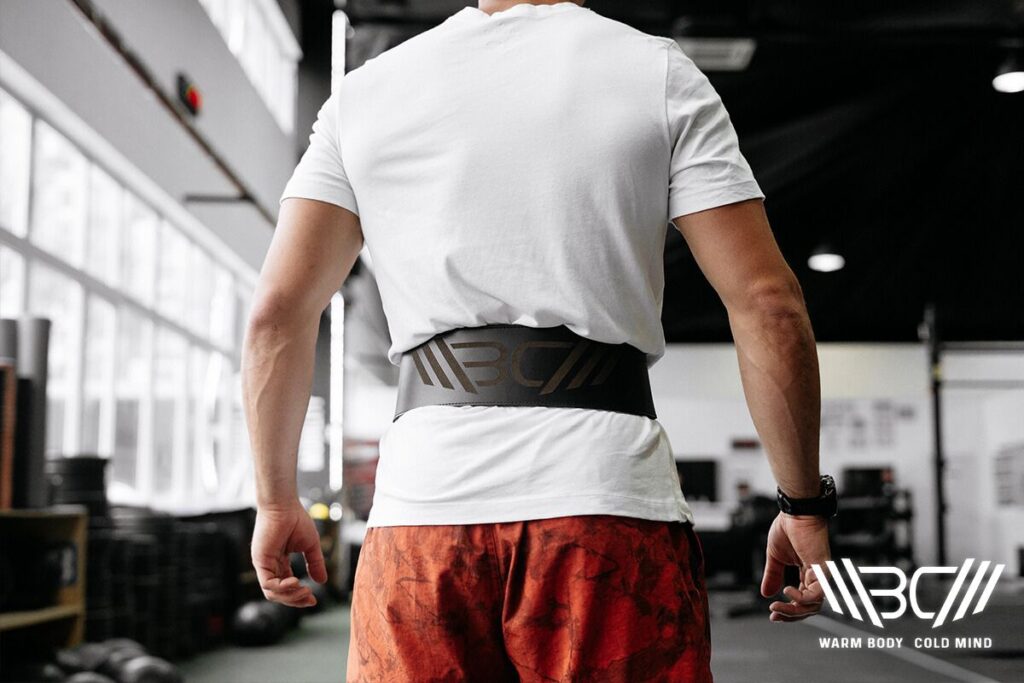
3. Training Goals
Why do you lift? Are you trying to cut or bulk up? A study on the bulking phase reported a 5.84% increase in abdominal muscles. The reverse happens while cutting back on calories and fats. You must consider the goal before answering what size lifting belt should I get because each size covers 5-7 inches.
If you expect to get bigger, choose one that extends above your current size. Otherwise, you’ll be soon looking for another. Suppose you have two lifting belt sizes: 29″-35″ and 33″-40″. Which one is better if you need a 33 or 34 right now? The larger one makes sense if you expect to gain weight.
4. Belt Material
The size range of a belt also depends on the material selection. Nylon belts are responsive, comfortable, and a bit flexible. But their strength and support give up at maximal lifts. Leather classics are bodybuilders’ favorite, but they’re low at maneuverability.
Nonetheless, a 4″/10mm leather belt will remain ideal for Oly and the ‘big three’ powerlifting movements. You can consider a nylon belt for recreational, cross-training, and HIIT workouts. Particular exercises like power cleans and kettlebell sports will value the additional stretch and mobility that nylon brings to the table.
Subscribe!
The latest reviews of must-have home gym training equipment, apparel, and supplements that will enhance your performance and bring you new results.
How to Measure for Weightlifting Belts?
Sizing your lifting belt correctly is the key to its benefits. Failing can hinder your progress by removing the needed support and, even worse, welcoming injuries. If you’re fed up with twisting before a mirror like a contortionist, give it one more try with the following steps.
- You’ll need a measuring tape. Although any piece of string that can wrap around your abdomen will do fine, having a tape measure will track your progress at the same time.
- Stand in front of a long mirror that shows you from the waist up. It simplifies the job; however, it’s not compulsory. Or you can get the hold of a friend to assist you with this escapade.
- It’s advisable to size yourself up with regular gym attire. A single layer, hoodie, or shirtless! Mainly, having clothes on produces a realistic measure. Add two inches if you’re currently not wearing a top.
- Wrap the tape around your abdomen, encompassing the widest part and the whole navel. Ensure it remains straight as you extend it to the back and roll to the front again.
- Once the position is locked, memorize the number. If you’re using a string, mark the meeting end with a pen. Later, use a ruler to obtain the measurement in inches or centimeters.
- If you get a middle number that overlaps two sizes, remember our discussion on planned training and weight fluctuations above. Also, you can consult the manufacturer whether to size up or down.
- Lastly, you should stay relaxed. Don’t suck in your stomach, as the purpose of wearing a belt is to let the core splay when doing the hard work. Keep it tight enough to rub (not pinch) against sidewalls.

Pro Tip:
WBCM Leather Weightlifting Belt – Our Recommendation for the Lifting Belt
Our heavy-duty Leather Weightlifting Belt by WBCM is a top choice for beginners to buffs. It comes with a competition-approved 4″ width and a tapered front. Crafted from 100% premium leather, it’s 0.2″ thick all around. It supports the lower back and core muscles without putting you in any discomfort.
You’ll get a double-prong lockup fortified with four bolts. It’s a durable yet versatile belt for all your lifting needs.
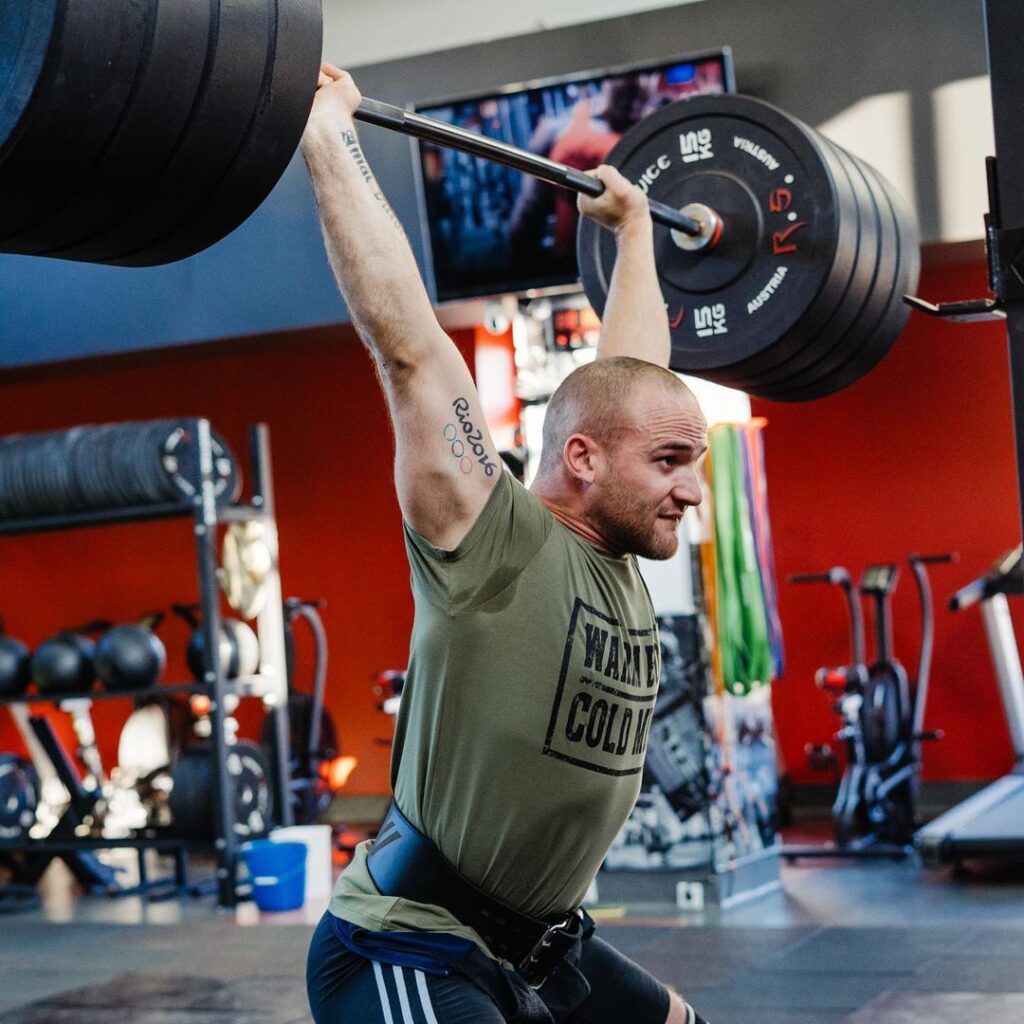
There are a total of six sizes: 28”-52” true waist measurements. You’ll see a lot of overlapping of numbers between them. For example, size 35 is covered by S, M, L, and XL. The laser-printed black leather looks chic.
Both male and female athletes can have a whirl. However, the smallest waist allowed is 28″, which might be too much. If you can find the right size, it’s the best choice at a reasonable price. The company should add an XS size for folks with tiny waists and tough muscles.
FAQ
Should I Get a 10MM or 13MM Lifting Belt?
The 10mm thickness strikes a perfect balance between support and comfort. It’s great if you’re a casual gym-goer looking to shake up your weight training now and then. A 13mm powerlifting belt size is only recommended at an elite level when you need every bit of aid you can get for squatting deep or picking deadlifts off the floor.
What Size Lever Belt Should I Get?
The sizing method is similar for every type of belt. First of all, get your accurate waist measurement. Then, browse through available options on the internet in your intended price category. Once finalized, check out its weight lifting belt size chart and pick the suitable one. You can contact the seller for any queries.
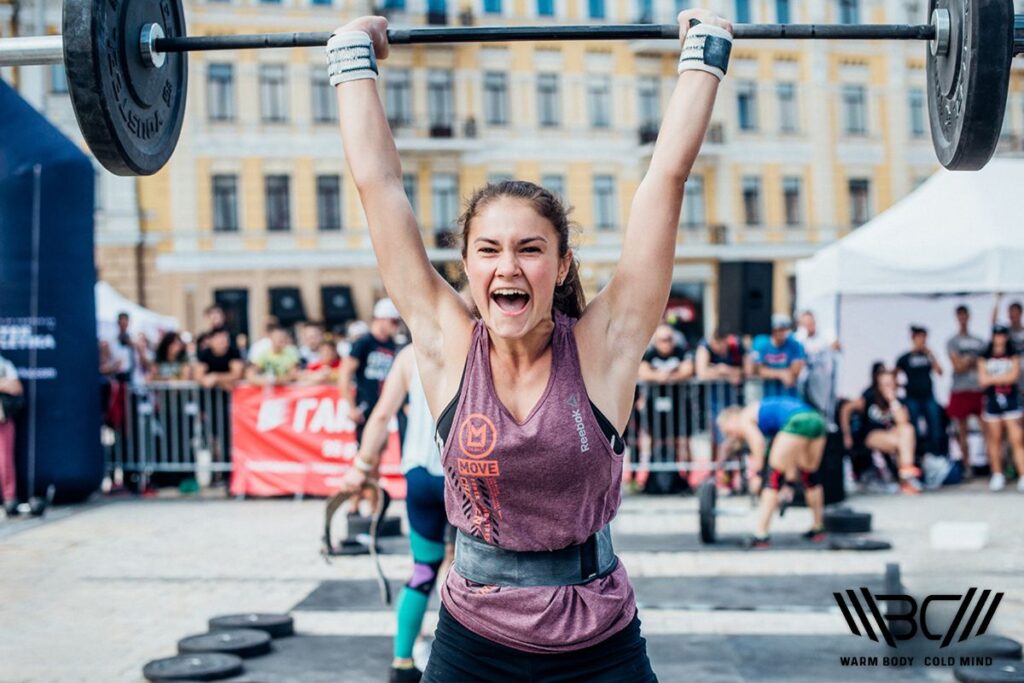
How Tight Should a Belt Fit?
The belt shouldn’t be too loose to support your abs and back simultaneously. To avoid this, many people hold their breath when sizing up. It can throw off the final number. You should leave enough space to squeeze a finger when tied so that breathing and bracing can be executed well.
How Wide Should My Weightlifting Belt Be?
The belt should be smaller than your midsection. There are two widths: 4″ and 6″. Whether you’re starting in your garage or appearing in an ESPN lifting meet, 4-inch belts are universally loved. They sit in the right spot, not digging up and down.
In Olympic weightlifting, the upper limit is 120mm (4.7″ to be exact). Going for a 6-inch belt will only work for taller individuals.
Conclusion
If you were asking yourself, what size lifting belt should I get, this guide has hopefully provided all the necessary information. You get to consider your body size and weight, the length and width of your torso, and expected training outcomes.
Once done with the measuring adventure, the shopping phase kicks off. A 4” buckled specimen, such as this WBCM leather belt, is a fine choice.
Do you use lifting belts? And what exercises do you like to perform strapped? We’d like to hear your opinion in the comment section.
References:
- Harman, Everett A et al., “Effects of a Belt on Intra-Abdominal Pressure during Weight Lifting,” ARMY RESEARCH INST OF ENVIRONMENTAL MEDICINE NATICK MA, 1988-03-01
- Cheryl R. Reddell et al., “An evaluation of a weightlifting belt and back injury prevention training class for airline baggage handlers,” Applied Ergonomics, Volume 23, Issue 5, October 1992, Pages 319-329
- R J Giorcelli et al., “The effect of wearing a back belt on spine kinematics during asymmetric lifting of large and small boxes,” Spine (Phila Pa 1976). 2001 Aug 15;26(16):1794-8
- Gani Kardani, Hendra Rustiawan, “Circumference Measurements on Body Contest Athletes in Indonesia,” Proceedings of the 4th International Conference on Sport Science, Health, and Physical Education (ICSSHPE 2019)
- Allen, Gregory, “The correlation among bench press, squat, and deadlift,” Arkansas State University ProQuest Dissertations Publishing, 2015. 1595222
- Trevor W. Blanchard et al., “In a dynamic lifting task, the relationship between cross-sectional abdominal muscle thickness and the corresponding muscle activity is affected by the combined use of a weightlifting belt and the Valsalva maneuver,” Journal of Electromyography and Kinesiology, Volume 28, June 2016, Pages 99-103
- Hyung-Woo Koh et al., “Comparison of the Effects of Hollowing and Bracing Exercises on Cross-sectional Areas of Abdominal Muscles in Middle-aged Women,” J Phys Ther Sci. 2014 Feb; 26(2): 295–299. Published online 2014 Feb 28
Author: Sergii Putsov
PhD in Sport Science, Olympic weightlifting, Strength & Conditioning coach and fitness expert
Sergii Putsov is a professional weightlifter with over 20 years of experience and multiple national medals. He was a member of the National weightlifting team, competing in the 94 kg weight class. Sergii holds a master’s degree in Olympic & Professional Sport Training and a Ph.D. in Sport Science. After his athletic career, Sergii transitioned into coaching and is now responsible for designing training programs, writing blog articles, providing live commentary for international weightlifting competitions, and hosting sport and fitness seminars worldwide.

